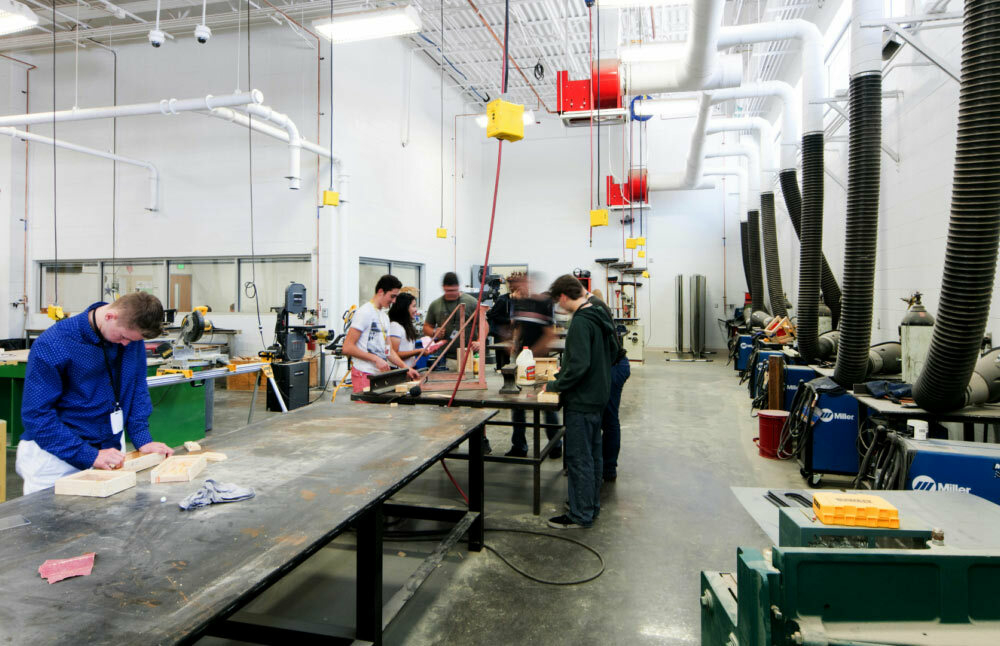
The Adolescent Brain and the Learning Environment
When architects and educators work together, the most dynamic and innovative educational environments are born. When their beliefs about learning and knowledge of the development of students are aligned, these educational spaces become even more impactful. Architects committed to the idea that curriculum and instruction should drive the design process tend to include the deliberate space necessary for facilitating the desired pedagogy. Child development must always be an important consideration in the design process, because the better we understand the most important end-user—the student— the better we envision the spaces designed for them. Generation Alpha is preparing to enter our middle schools within the next two years. What type of environment should we be designing for them?
The adolescent brain is less of a mystery today. Prior to research-proven over the past decade, it was believed that the brain reached full maturation during puberty. However, we now know that the brain continues to develop well into the mid-20s. Tweens experience hormonal changes that cause stress and concern while managing the social scene of the school. The teenage brain has a similar level of activity as an infant's brain. But the connections it makes are more complex, requiring it to process information at new levels without the maturation to consistently cope with the social, emotional, and cognitive vacillations that are shaping the plasticity of the brain. Knowing this, we have an opportunity as educators to work alongside architects to create the type of built environment that positively influences learning while both the right and left hemispheres of the student's brain continue to be active and developing skills in the arts and academics respectively.
Every new experience makes an impression on the brain. When we take these impressions, translate and transform them into positive learning experiences, we blend academics with the social and emotional experiences that are so crucial during the high school years. Extracurricular involvement in school activities is important for social development and the building of friendships that the brain craves. The spaces we create for these experiences not only support learning but also help to make memories that can last a lifetime.
Flexible and adaptable spaces support unique learners who are currently in our schools. It is important to remember that students learn differently and that educators are preparing them for careers that have not yet been discovered or developed. Additionally, the importance of the soft skills that industry leaders require for highly collaborative teams continues to increase. Skills necessary for future careers must be developed in the high schools of today. The spaces that we design foster the types of environments that assist teachers in preparing their students for the world of tomorrow.
What type of activities do you require of your students? What type of environment is optimal? How can you access other areas of your school to create the best learning space? Is it the library? Is it an area with windows allowing natural light into space? Lesson design should always consider the physical environment. What type of environment is most conducive to the learning that you expect?
Click Here to read Dr. Dalane Bouillion's Article in the Texas ASCD's January 2020 Online Issue